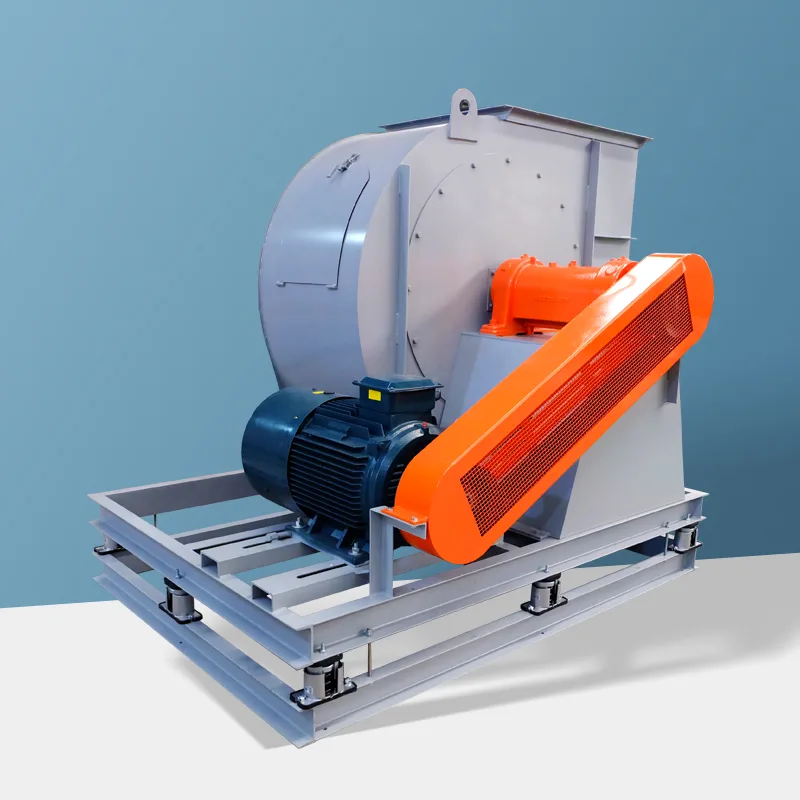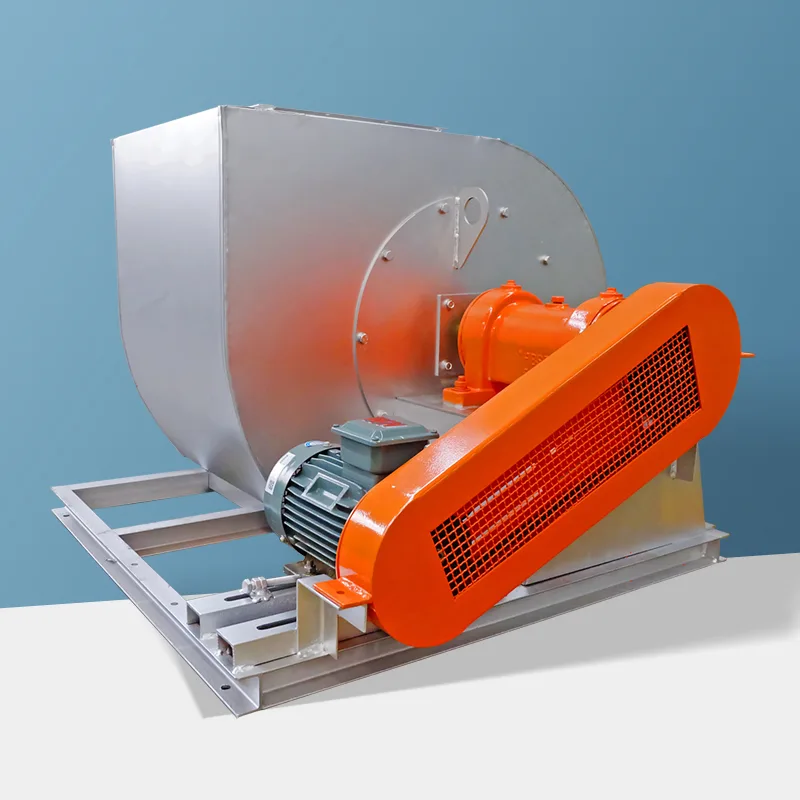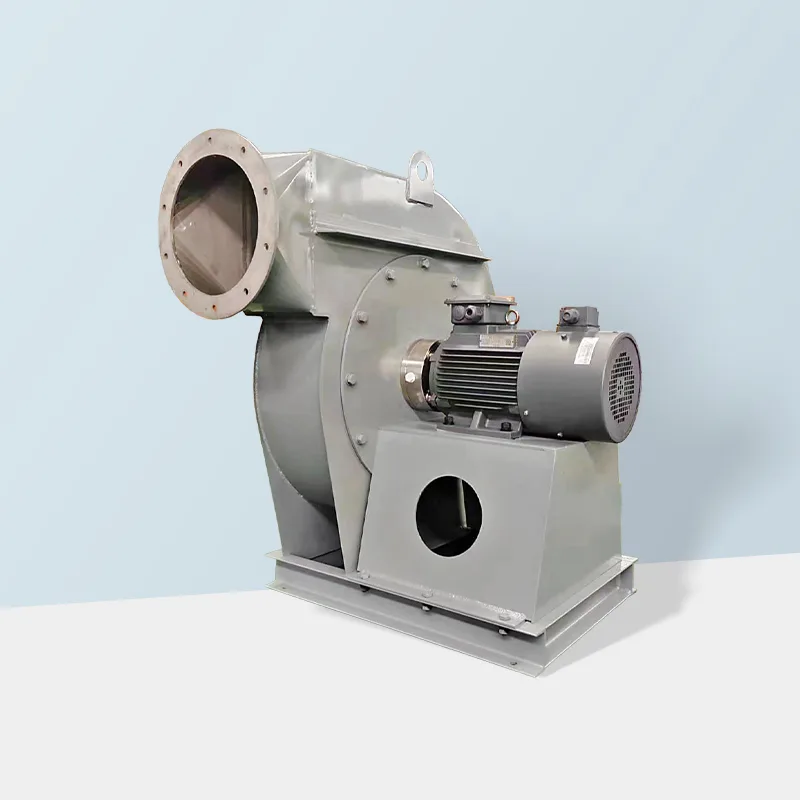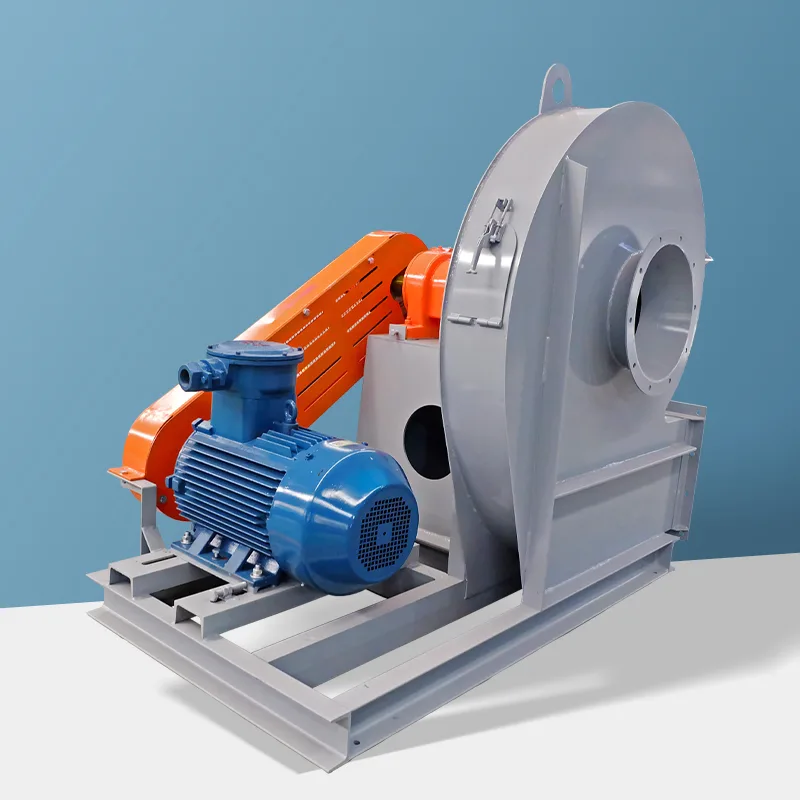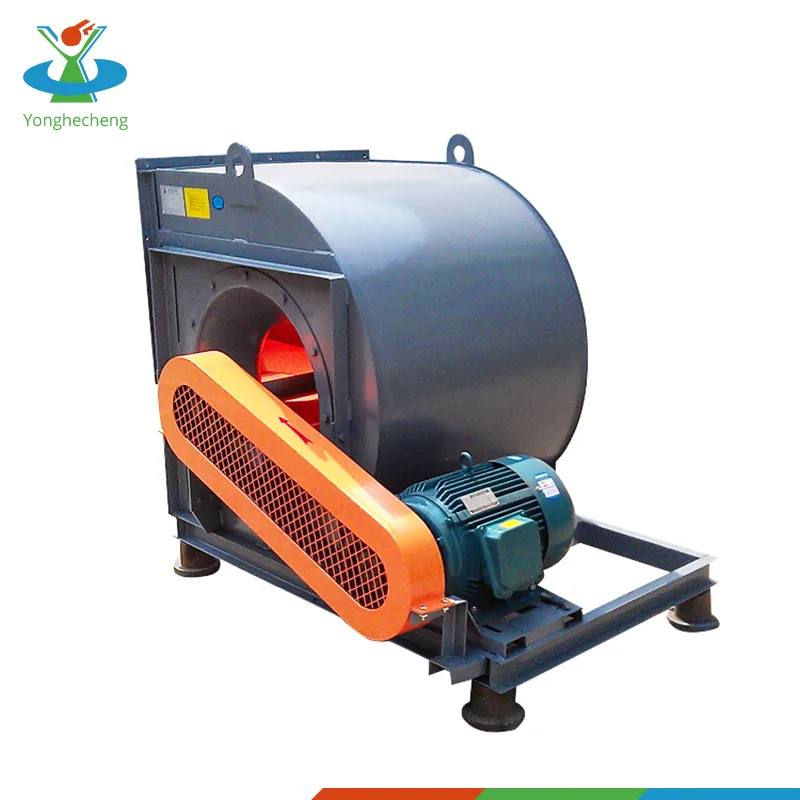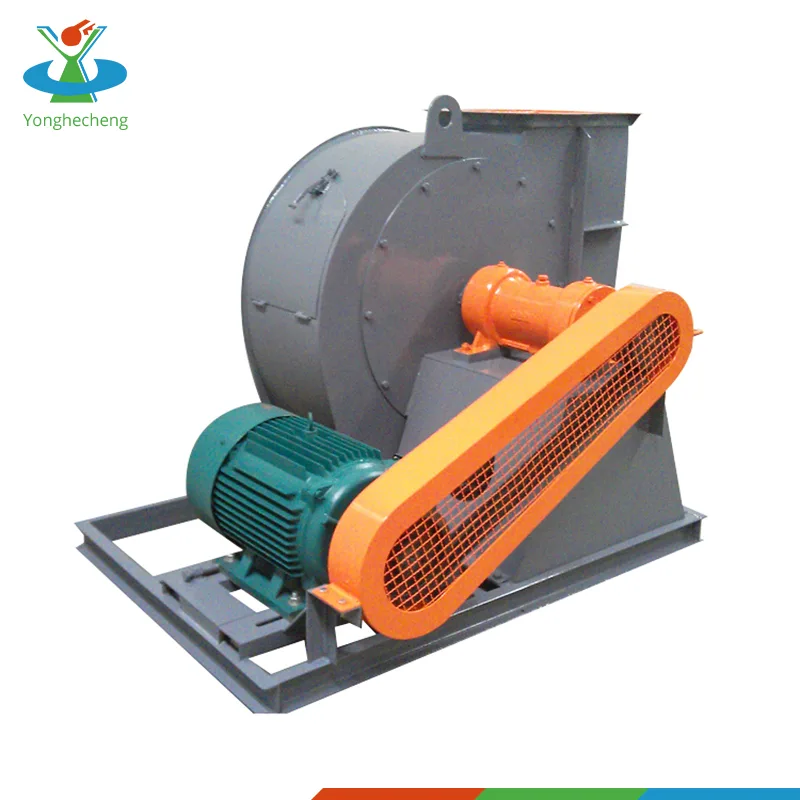Objective requirements for noise reduction of fan equipment:
Most fan equipment is commonly used in factories. The noise reduction requirement of fan equipment in industrial plant is that the noise of plant is less than 85 decibels per hour. For exhaust hood or roof fans, Class II commercial office areas require less than 50dB at night and less than 60dB during the day, while Class I residential hospitals require less than 45DB at night and less than 55dB during the day.
Technical Specification for fan noise treatment:
The treatment of fan aerodynamic noise:
Application of inlet and outlet silencers: Fan Inlet and outlet noise generally higher than other locations DB. Therefore, the installation of silencers in the air inlet and outlet can effectively reduce the noise generated by pneumatic air inlet and outlet. The type of muffler can be impedance composite muffler, the noise attenuation can reach more than 25DB.
Use fan heat preservation cover: heat preservation cover with compound heat preservation board as the main body, close a single fan or all fans, become fan heat preservation cover or heat preservation room. This method has a good effect on the noise reduction of the fan, but it has a high requirement on the site. At the same time, soundproof room should be equipped with soundproof windows and doors, ventilation cooling system.
Gas Chamber Transformation: the original gas chamber for sound insulation transformation, the fan room can be transformed into a complete sound insulation room, or the use of sound insulation doors and windows, barriers, noise barriers, etc. .
Fan duct treatment: fan duct can also produce noise, including internal airflow impact noise and pipe vibration noise. Can be wrapped with sound-absorbing cotton, isolation of the impact of air noise, but also with damping and insulation blanket isolation of vibration generated by the impact.
Equipment shock absorption: fan work will produce local vibration. Treatment measures include laying corrugated floors or installing damping foundations at the bottom of the fan to reduce the acoustic effects of vibrating physical structures.
Mechanical noise treatment of fans: mechanical noise can be treated by improving the wettability between fan parts, assembly accuracy, replacement of new parts and other measures.

